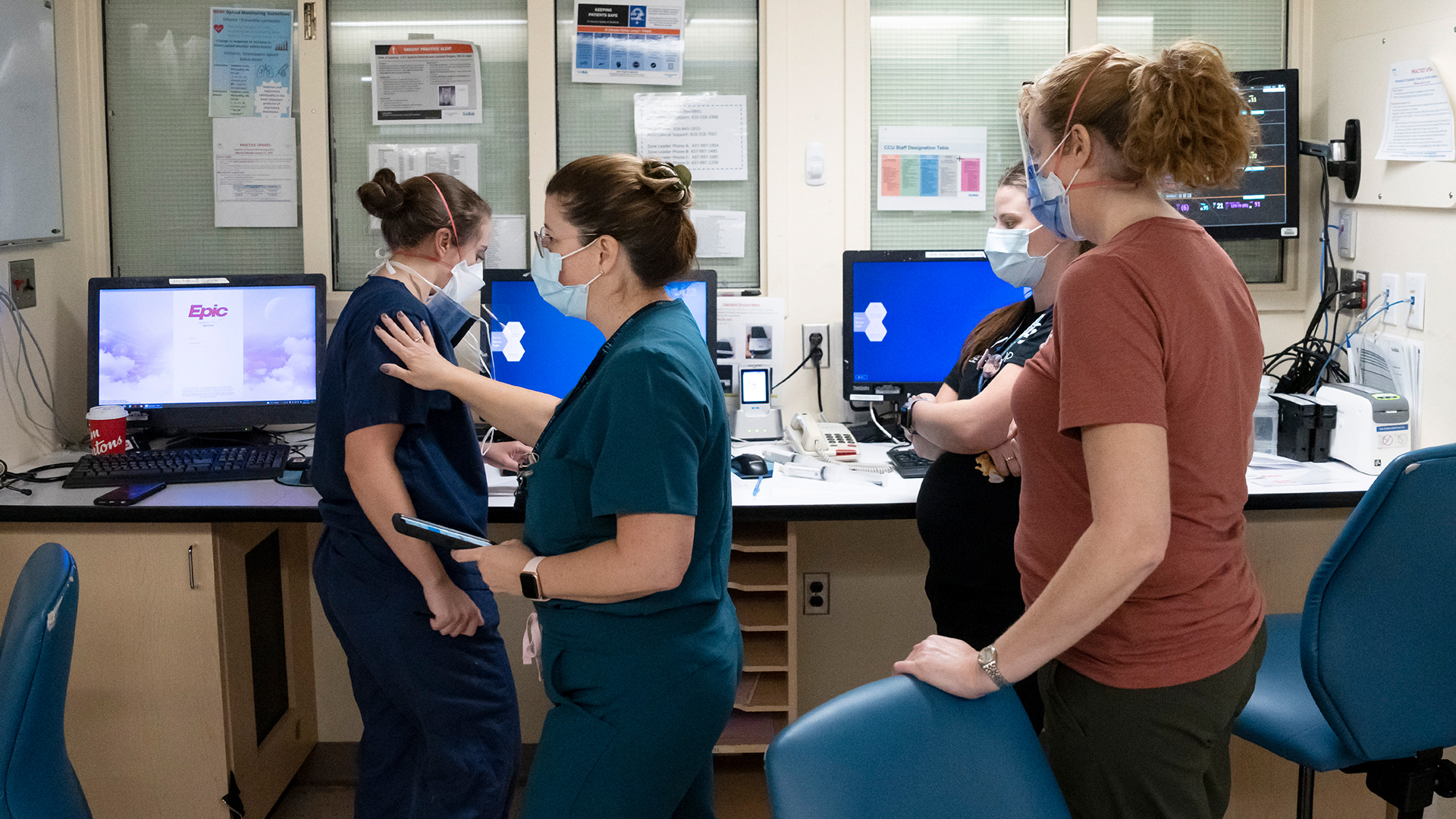
(Version française disponible ici)
There are few, if any, principles woven as tightly into the fabric of the Canadian identity as universal health care. However, each time our health-care system is tested, a debate on the merits of “privatization” ensues.
Opponents argue that private-care provision is costly, may exacerbate wait times for surgical procedures, and may worsen workforce shortages. They argue that if health-care workers can leave the public system for private work in large numbers, overall support for the public system will decline. Proponents say that private provision of health care could alleviate the burden placed on public facilities, reduce wait times for elective surgical procedures, and ensure political and financial sustainability.
This entire debate has become sterile, and a more nuanced assessment is required.
The framing of the “privatization” debate is unfortunate because it equates sustainability and quality with for-profit or not-for-profit provision. The preponderance of evidence shows that for-profit provision may be associated with a worse quality of care.
For example, a United Kingdom study found that each percentage point of outsourcing to the private for-profit sector corresponded with an annual increase in mortality of 0.38 per cent between 2013 and 2020. On the other hand, universal health-care systems that have mixed for-profit and not-for-profit care, such as Australia, almost always outrank Canada, according to a 2021 report from The Commonwealth Fund.
These systems were found to not only have better outcomes but also to spend less (as a percentage of GDP) on health care than Canada does. Therefore, the almost conditioned response among Canadians to reject the words that follow “private health care” requires a more nuanced re-examination, one that focuses on the challenges that Canadians and their health-care providers are facing. These include long wait times for surgical procedures and a lack of equitable access to primary and specialist care, which is exacerbated by rising burnout among health-care providers and an exodus of nurses, doctors and allied health professionals.
A mix of care already exists
It’s important to understand that we already have a mix of public and private health-care delivery in Canada. Diagnostic imaging, minor surgeries and colonoscopies are already provided by private, for-profit clinics whose fees are covered by provincial government insurance plans. The privatization debate is about expanding those services, not about doing away with public funding. To what extent do fears of a U.S.-style private funding system cloud that understanding?
There’s a critical shortage of health-care professionals nationwide, with nurses being the most affected. In one Ontario report, nearly 13 per cent of nurses aged 26-35 stated they are “very likely” to leave the profession once the full impact of the pandemic is over. An estimated 1,700 nurses received paperwork to emigrate to work in the U.S. over a recent five-year period. More than 20,000 nursing positions remain vacant, pointing to persistent challenges with recruitment.
Nurses, physicians and other health-care workers are suffering from burnout stemming from poor working conditions, increased psychological burdens and increasing workloads exacerbated by the pandemic. These complex structural challenges are a long-term risk to health-care systems globally and may well not be solved merely with more money.
Would opening more private facilities reduce the workforce of an already struggling not-for-profit system? Many argue that this is a zero-sum game, and that for-profit centres and hospitals recruit from the same limited pool of health-care professionals. But it’s not a zero-sum game. Many nurses left the public system during the pandemic to pursue alternate careers. Privatization could have positive consequences: Alternate settings, with improved working conditions, may encourage nurses, doctors and allied health professionals to stay in their jobs longer, and enable retirees to engage in part-time work or prevent their exodus altogether.
Then there’s the argument that privatization eats up public funds. Would taxpayer dollars increasingly be diverted to private providers?
Evidence from the United Kingdom suggests no. Since 2012, approximately seven per cent of the U.K. health-care budget is spent on private provision of care, a percentage that persisted through the pandemic when even more contracts were tendered to private providers to increase access to beds, staff and equipment. Contracts with private providers typically tended to remain smaller than those with public facilities. These facilities are now being used to reduce wait lists for routine care. The relevant legislation requires decision-makers to extend contracts with quality facilities and to competitively look for new facilities when quality or equity wanes.
As Canadian provinces move to increased private provision of services, their governments can and should ensure that spending occurs where patients stand to benefit most, maintaining oversight on the quality-of-care provision. Similarly, governments can choose to provide contracts to providers in areas where there is the greatest need rather than the most affluence.
Western Canada’s experience with for-profit surgery clinics offers a cautionary tale
Finally, does publicly funded privately delivered care represent a “slippery slope” toward a U.S.-style, private, for-profit system? This is a major worry in Canada, where the U.S. casts a long shadow. Yet other jurisdictions have not kept moving along this continuum, staving off U.S.-style health care with strong legislation and oversight that focuses on ensuring quality, equity of access and financial sustainability.
We do not know what would happen to our health-care system with increased private provision, but we must not allow that uncertainty to paralyze us. There is service-level evidence suggesting private care may not be beneficial, but international evidence says our system isn’t performing as well as it could be. More data is required.
However, if done right, private provision of care may expand and increase longevity of the health-care workforce, direct spending toward high-quality services, and improve access for those who need it most. We must develop the types of models that helped us through the pandemic and other recent challenges to evaluate what the potential impact of increased privatization might be. We also need a way of making sure that however we proceed, we enhance quality of care for patients.











